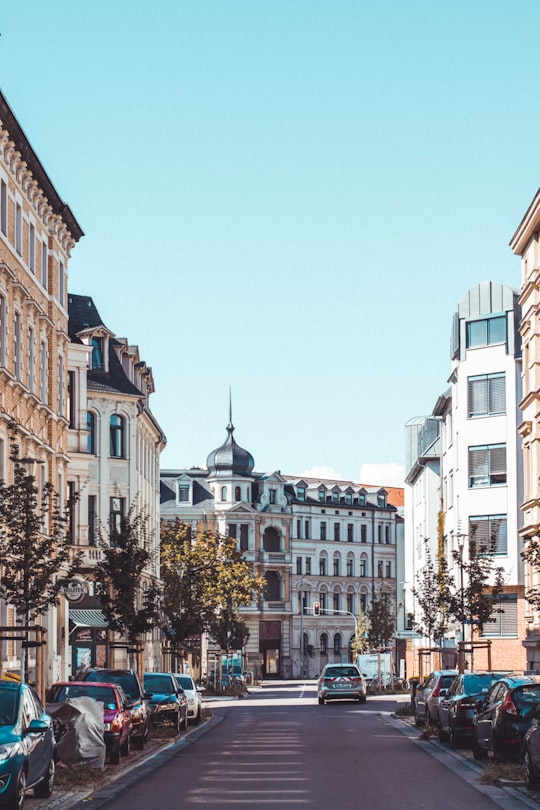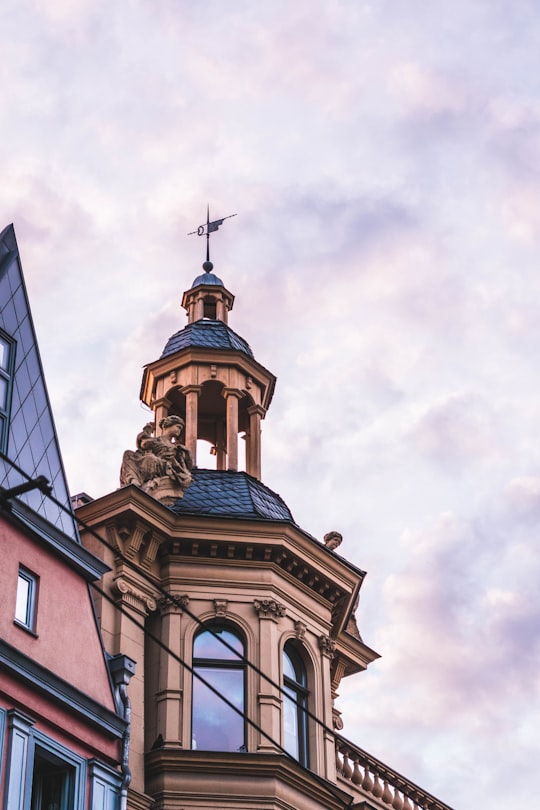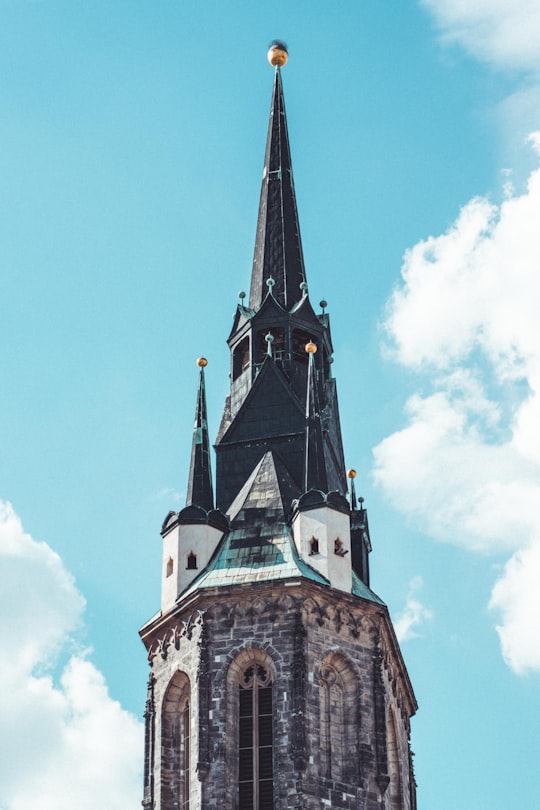Travel Guide of Halle in Germany by Influencers and Travelers
Halle (Saale) is the largest city of the German state of Saxony-Anhalt, the fifth most populous city in the area of former East Germany after Berlin, Leipzig, Dresden and Chemnitz, as well as the 31st largest city of Germany, and with around 239,000 inhabitants, it is slightly more populous than the state capital of Magdeburg.
Download the Travel Map of Germany on Google Maps here
The Best Things to Do and Visit in Halle
TRAVELERS TOP 10 :
- Zoo Leipzig
- Leipzig
- St. Nicholas Church
- Old City Hall
- Zuckerhut
- Dittrichring
- Oper Leipzig
- Südfriedhof
- Völkerschlachtdenkmal
- Nienburg (Saale)
1 - Zoo Leipzig
32 km away
The Kongreßhalle Leipzig is an event building with several halls on Pfaffendorfer Straße in Leipzig directly next to the entrance to the Leipzig Zoo.
Learn more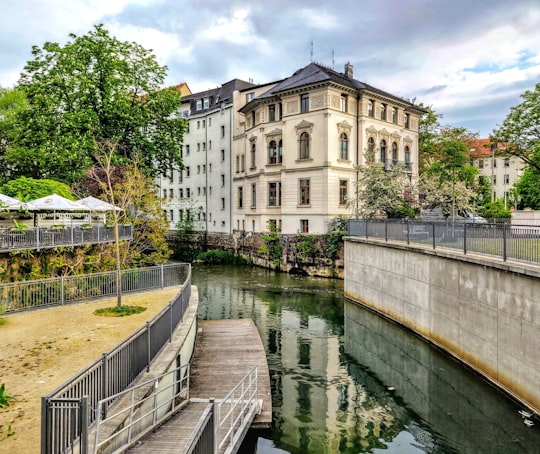
2 - Leipzig
33 km away
Leipzig is the most populous city in the German state of Saxony. Leipzig's population of 605,407 inhabitants as of 2021 places the city as Germany's eighth most populous, as well as the second most populous city in the area of the former East Germany after Berlin.
Learn more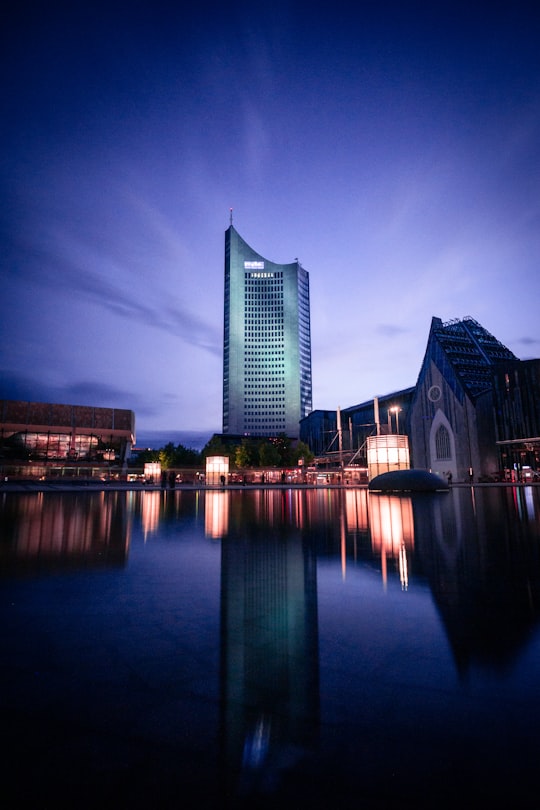

3 - St. Nicholas Church
33 km away
The St. Nicholas Church is one of the major churches of central Leipzig, Germany. Construction started in Romanesque style in 1165, but in the 16th century, the church was turned into a Gothic hall church.
Learn more Book this experience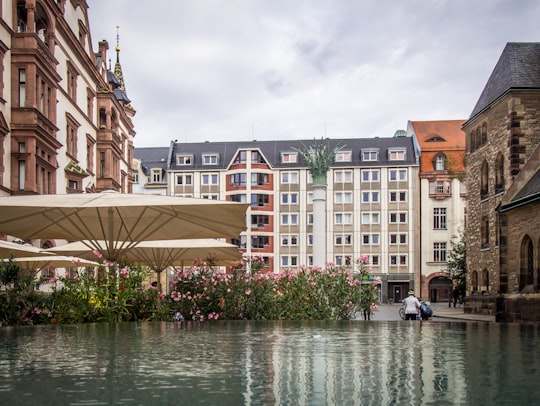
4 - Old City Hall
33 km away
Learn more

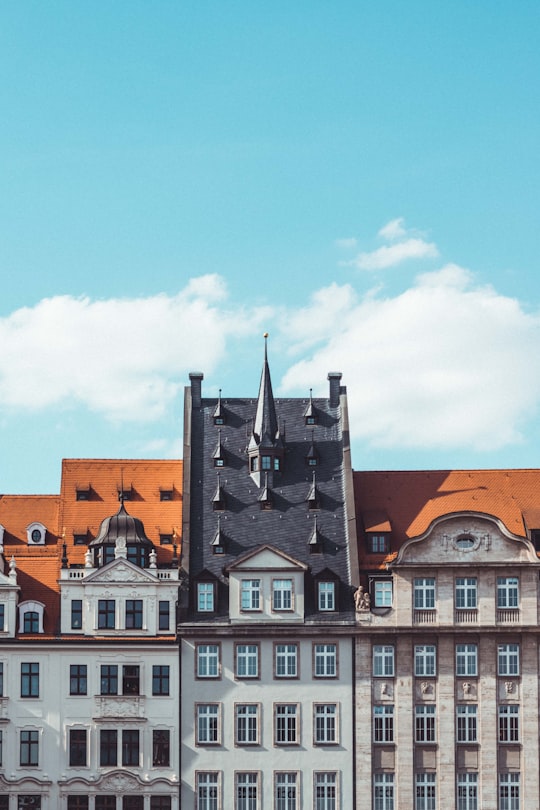
5 - Zuckerhut
33 km away
Learn more
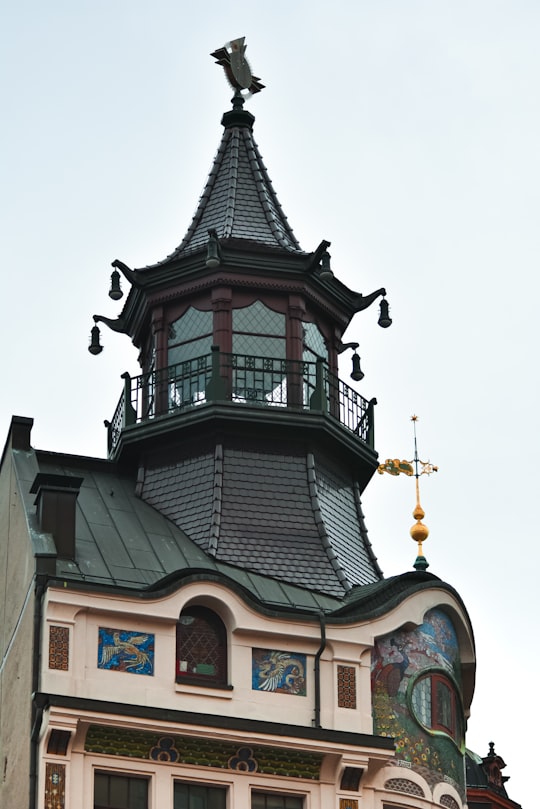
6 - Dittrichring
33 km away
Learn more
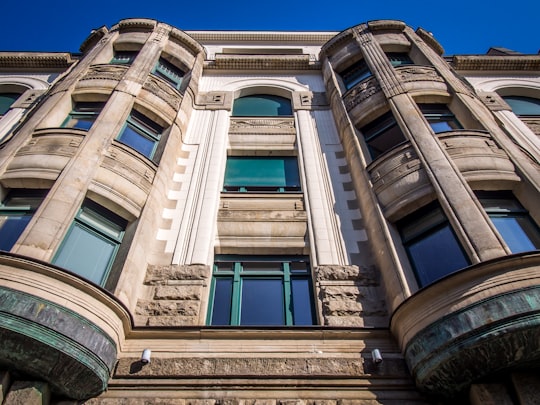
7 - Oper Leipzig
34 km away
Learn more
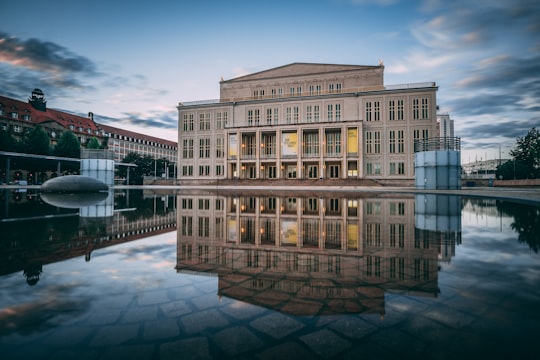
8 - Südfriedhof
37 km away
Südfriedhof is, with an area of 82 hectares, the largest cemetery in Leipzig. It is located in the south of Leipzig in the immediate vicinity of the Völkerschlachtdenkmal.
Learn more Book this experience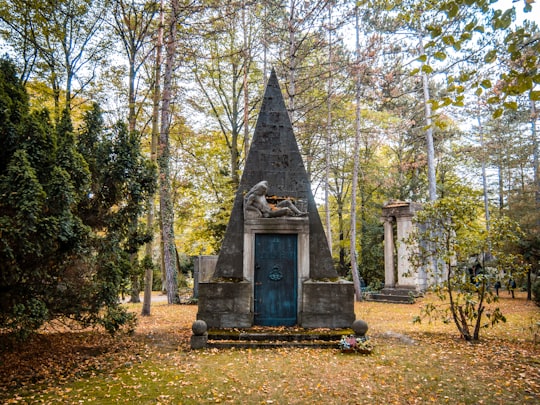
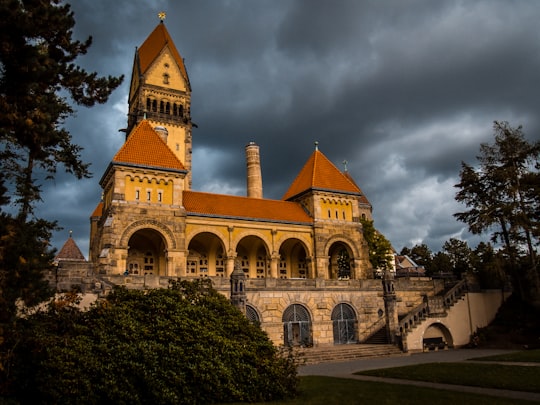
9 - Völkerschlachtdenkmal
37 km away
The Monument to the Battle of the Nations is a monument in Leipzig, Germany, to the 1813 Battle of Leipzig, also known as the Battle of the Nations.
Learn more Book this experience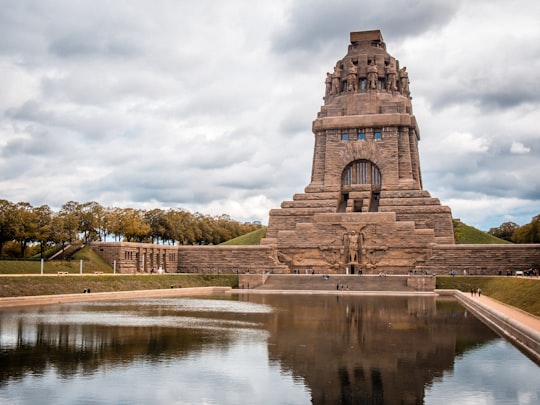
10 - Nienburg (Saale)
40 km away
Nienburg is a town in the district of Salzlandkreis in Saxony-Anhalt, Germany. It is located in the lower Saale valley, approx. 5 km northeast of Bernburg. In June 2005 its population was 4,449. Nienburg is first mentioned in travel records dating from 961.
Learn more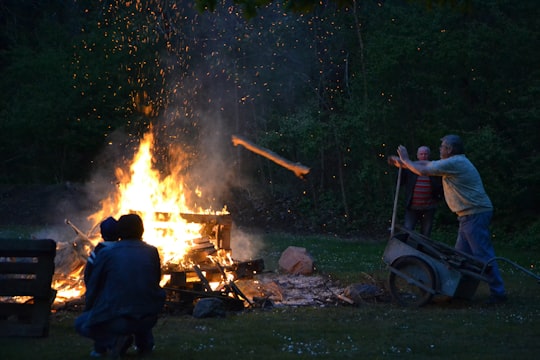
Disover the best Instagram Spots around Halle here
Book Tours and Activities in Halle
Discover the best tours and activities around Halle, Germany and book your travel experience today with our booking partners
Pictures and Stories of Halle from Influencers
13 pictures of Halle from Latrach Med Jamil, , and other travelers
Plan your trip in Halle with AI 🤖 🗺
Roadtrips.ai is a AI powered trip planner that you can use to generate a customized trip itinerary for any destination in Germany in just one clickJust write your activities preferences, budget and number of days travelling and our artificial intelligence will do the rest for you
👉 Use the AI Trip Planner
Why should you visit Halle ?
Travel to Halle if you like:
🐾 WildlifeLearn More about Halle
Many argue that the town's name, Halle, comes from the fact that it was built on salt-rich soils and from its tradition as a salt-mining centre - "halle" means "salt" in Old German. Others say it comes from the Indo-Germanic "hal", which means "slope" and refers to the slope on which the town is situated: between the market square and the banks of the river Saale there is a considerable difference in level. A Scene of History The place is first mentioned as "Halla" in documents dating back to 806. Since then, the town on the north-western edge of the Leipziger Tieflandsbucht has repeatedly found itself at the centre of various interests. Imperial troops arrived there under the command of Wallenstein, a warlord in the service of Emperor Ferdinand II, who fought in the Saale meadows. It was then overrun by the Prussians and later by Napoleon, who rode in a conquering mood around the Red Tower. Halle was the place where the country's oldest parliamentary party changed its name from the Socialist Workers' Party to the Social Democratic Party of Germany (SPD). In 1891 it became the first European city to have an electric tram network. Halle's most famous citizen is undoubtedly Georg Friedrich Händel (1685-1759), who spent the first twenty years of his life there. The composer's legacy is commemorated everywhere, especially in the Händel House and the annual Händel Festivals. The intellectual heart of Halle, however, is its university, located in the centre of the city and flanked by imposing parks and houses of the old bourgeoisie. The historical ensemble blends seamlessly into the well-preserved old town - it was left largely intact after the Allied bombing raids of World War II. It is unusual for a city to have grown so closely around its Alma Mater. The Halle-Neustadt district offers a different picture. Countless monotonous concrete blocks, relics of the defunct German Democratic Republic, its socialist planned economy and its construction industry, are concentrated here. Many of the grey buildings are empty; the once popular residential area has become, to some extent, a ghost town. People have migrated to the old town, to the countryside or to western Germany. Meanwhile, Halle is still finding its way between a proud distant past and a modernity that does not yet match its aspirations - between Händel and Halle-Neustadt. Translated with www.DeepL.com/Translator (free version)
Where to Stay in Halle
Discover the best hotels around Halle, Germany and book your stay today with our booking partner booking.com
More Travel spots to explore around Halle
Click on the pictures to learn more about the places and to get directions
Discover more travel spots to explore around Halle
🐾 Wildlife spots 🗼 Landmark spots 🏘️ Town spotsTravel map of Halle
Explore popular touristic places around Halle
Download On Google Maps 🗺️📲







